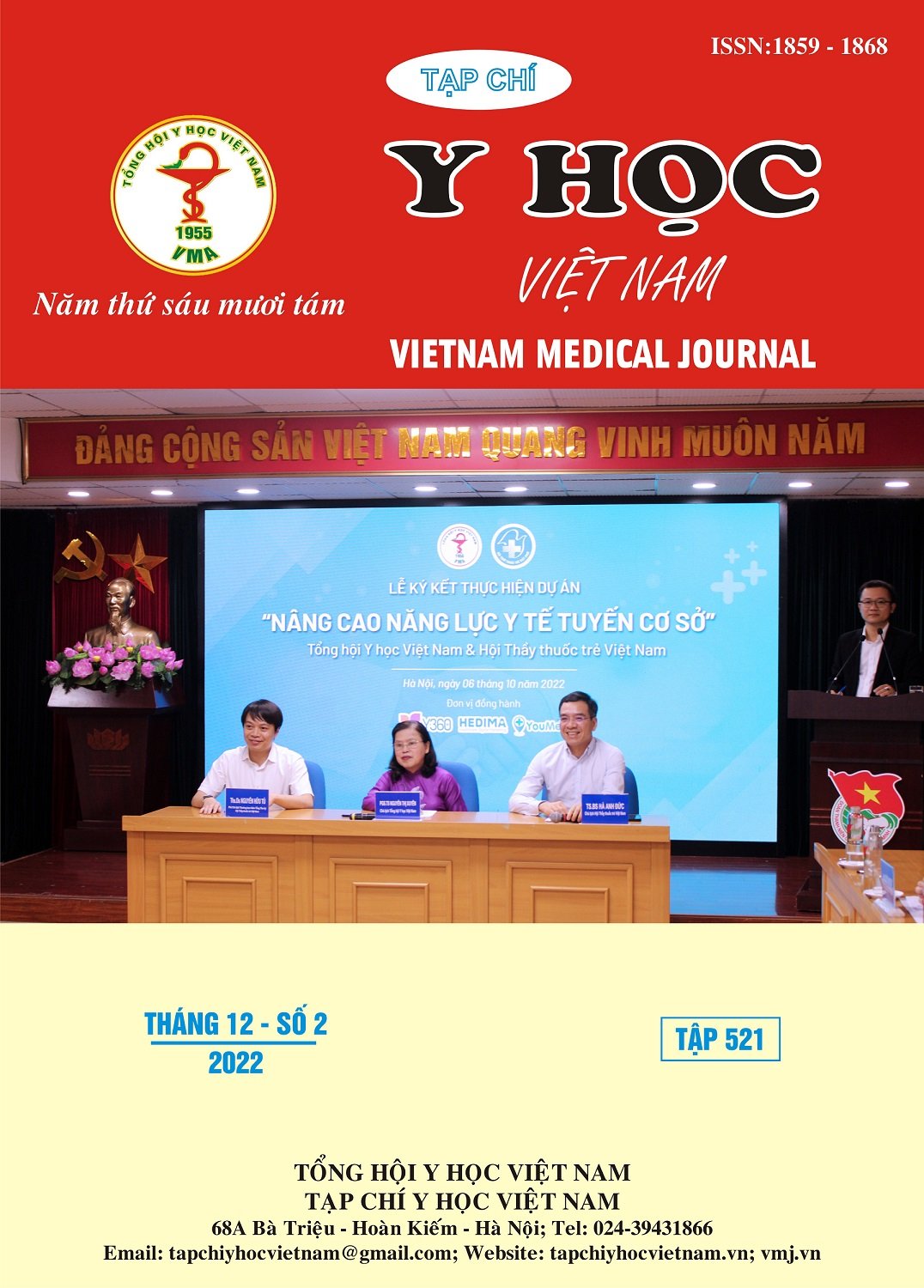EXPERIENCE OF PATIENTS WITH PERIPHERAL INTRAVENOUS CATHETERS IN THE SPINE SURGERY DEPARTMENT, VIET DUC HOSPITAL
Main Article Content
Abstract
Objectives: To evaluate the patient's experience during peripheral intravenous catheterization at the spine surgery department of Viet Duc Hospital. Method: A cross-sectional description was performed on 400 inpatients treated at the Department of Surgery through the assessment of the patient's experience with PIVC. Results: Among 400 study subjects, 122 patients (30.5%) had a diagnosis of spinal cord injury and 278 patients (69.5%) had spinal disease. The mean total hospital days was 6.09 ± 2.34 days, the mean number of catheters was 3.07 ± 1.24. Of the 400 patients participating in the study, 125 patients (31.2%) did not know the reason for placing PIVC, 343 patients accounting for 85.8% were not asked about their desired catheter placement. 391 patients (97.8%) felt pain during catheterization, with 18 patients (4.5%) experiencing severe pain. 145 patients also felt anxiety during catheterization, accounting for 36.3%, of which 10 patients (2.5%) felt very anxious. Most of the patients at the Department of Surgery were successfully placed PIVC with a single needle puncture (338 patients, accounting for 84.5%). Conclusions and recommendations: The patient's experience of PIVC needs to be improved because most of the patients are still not fully informed, feel pain, worry and are not satisfied. Health workers need to take measures to reduce pain, reduce discomfort and increase patient satisfaction during the time of catheterization.
Article Details
Keywords
experience, patient, peripheral intravenous catheter.
References
2. Cooke M, Ullman AJ, Ray-Barruel G, et al. Not "just" an intravenous line: Consumer perspectives on peripheral intravenous cannulation (PIVC). An international cross-sectional survey of 25 countries. PLoS One; 2018;13(2):e0193436. doi:10.1371/ journal.pone.0193436
3. Tee F. Patient perceptions and experience of pain, anxiety and comfort during peripheral intravenous cannulation in medical wards: topical anaesthesia, effective communication, and empowerment. 2015;
4. Phùng Thị Hạnh, Trần Thị Thúy Ngần, Nguyễn Thị Ngân. Tỉ lệ viêm tại chỗ trong và sau thời gian đặt catheter tĩnh mạch ngoại vi và một số yếu tố liên quan tại khoa Phẫu thuật Thần kinh 1, bệnh viện Hữu Nghị Việt Đức. Tạp Chí Điều Dưỡng Việt Nam; 2018;(23):12-14.
5. Laan BJ, Nieuwkerk PT, Geerlings SE. Patients knowledge and experience with urinary and peripheral intravenous catheters. World J Urol; Jan 2020;38(1):57-62. doi:10.1007/s00345-018-02623-4
6. Nicholson J, Davies L. Patients' experiences of the PICC insertion procedure. Br J Nurs; Jul 25-Aug 7 2013;22(14):S16-8, s20-3. doi:10.12968/bjon.2013.22.Sup9.S16


